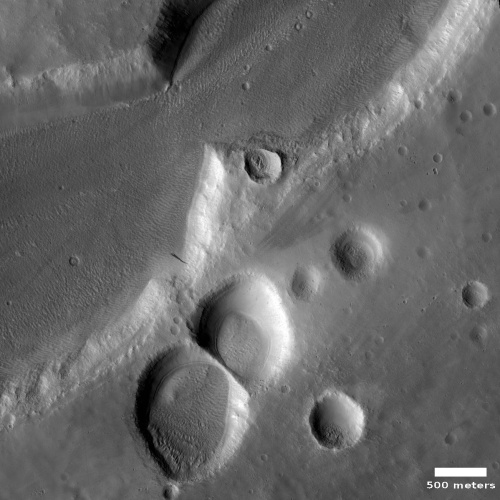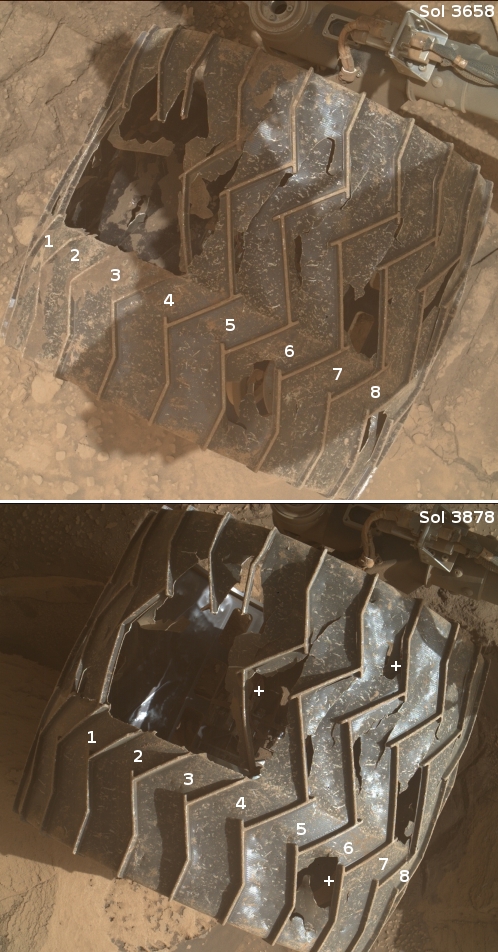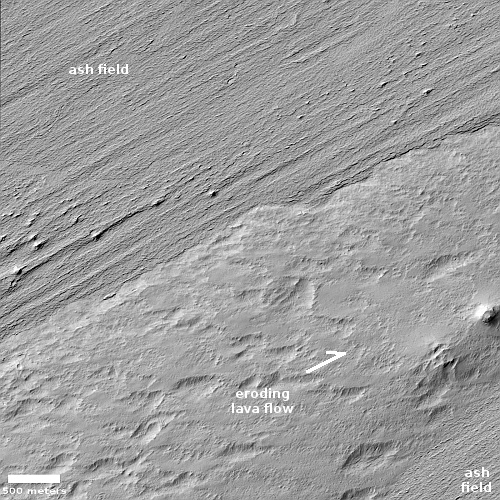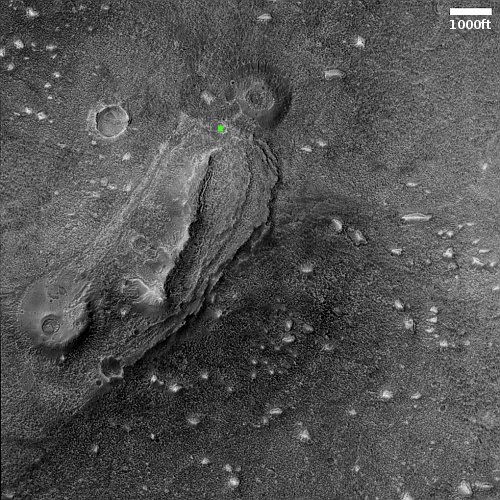The overwhelming uncertainty of some science: Using data from the infrared Webb Space Telescope, scientists are now claiming they have discovered most distant supermassive black hole yet, sitting at the center of an active galaxy only about a half billion years after the Big Bang. From the press release:
The galaxy, CEERS 1019, existed just over 570 million years after the big bang, and its black hole is less massive than any other yet identified in the early universe. Not only that, they’ve easily “shaken out” two more black holes that are also on the smaller side, and existed 1 and 1.1 billion years after the big bang. Webb also identified eleven galaxies that existed when the universe was 470 to 675 million years old. The evidence was provided by Webb’s Cosmic Evolution Early Release Science (CEERS) Survey, led by Steven Finkelstein of the University of Texas at Austin. The program combines Webb’s highly detailed near- and mid-infrared images and data known as spectra, all of which were used to make these discoveries.
CEERS 1019 is not only notable for how long ago it existed, but also how relatively little its black hole weighs. This black hole clocks in at about 9 million solar masses, far less than other black holes that also existed in the early universe and were detected by other telescopes. Those behemoths typically contain more than 1 billion times the mass of the Sun – and they are easier to detect because they are much brighter. (They are actively “eating” matter, which lights up as it swirls toward the black hole.) The black hole within CEERS 1019 is more similar to the black hole at the center of our Milky Way galaxy, which is 4.6 million times the mass of the Sun. This black hole is also not as bright as the more massive behemoths previously detected. Though smaller, this black hole existed so much earlier that it is still difficult to explain how it formed so soon after the universe began.
I have great doubts about this research, especially because the press release makes no effort to explain how the black holes were identified. Black holes emit no light, and were only first confirmed by watching the orbits of stars or objects near them over long periods of time. More distant supermassive black holes in the center of galaxies were later guessed at by what appears to be the relationship between the size of a galaxy’s nucleus and the presence of a black hole. Astronomers also assume that a very active and energetic galaxy (such as a quasar) is a sign a supermassive black hole exists at the center.
These primitive galaxies have only been observed at most a handful of times. They are so distant that they only are at most a few pixels wide. Spectra from these objects can tell us roughly how far away they are, and thus how close to the Big Bang they are thought to be, but it is impossible to say with any certainty that there is a black hole there.
I am made even more skeptical by this press release claim: “Webb’s data are practically overflowing with precise information that makes these confirmations so easy to pull out of the data.” Such language makes me suspicious that there is an underlying effort to justify Webb’s expense with this release by overstating its capabilities.
The press release provides links to the research. Take a look. I’d be glad if someone could clearly show me why I’m wrong to be so doubtful.














